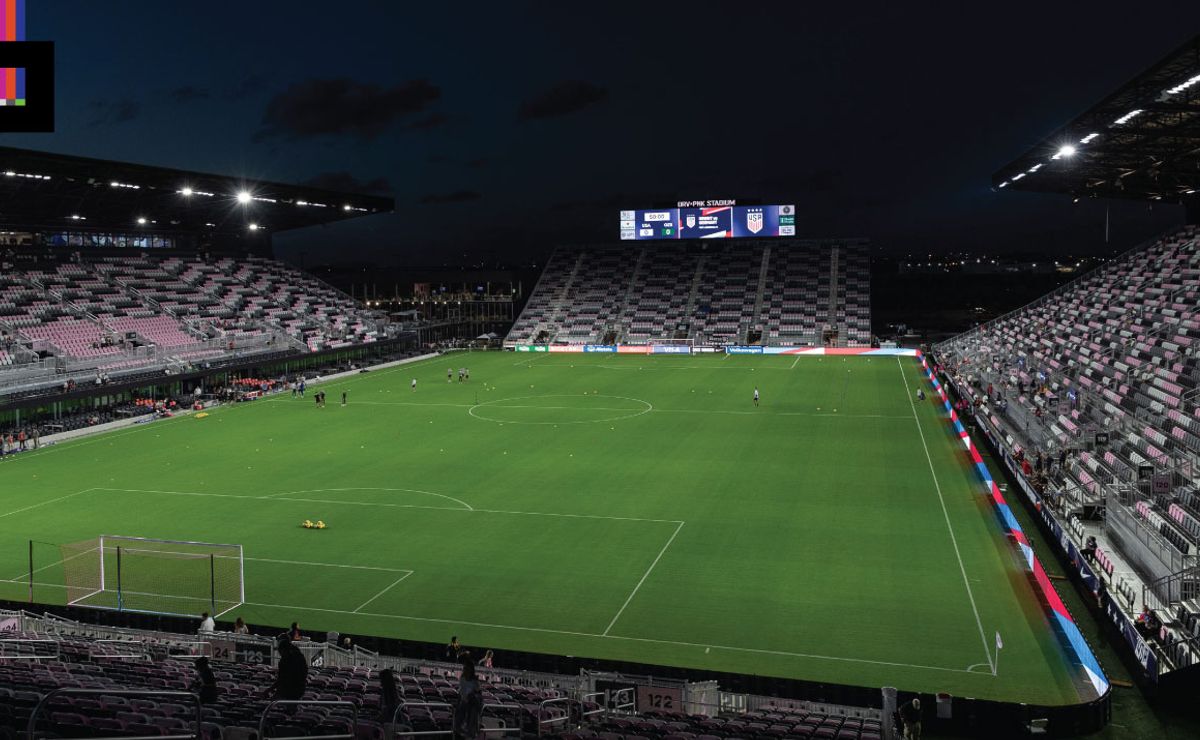Welcome to Miami: Least Affordable Housing Market in the Nation
South Florida’s housing landscape has grown decidedly unforgiving in the past three years: Financially ruinous rental rates for tiny apartments, skyrocketing home insurance costs, and home prices so high that buying a local property is often out of reach except for the affluent.
Miami remains the least affordable housing market in the United States, according to the June edition of the RealtyHop Housing Affordability Index. The median list price for a home in the area increased to nearly $600,000, which would eat up 80 percent of the typical local family’s monthly income if they took out a mortgage and paid property taxes.
Meanwhile, in Hialeah, there’s an 883-square foot, 70-year-old house up for sale for $1.15 million.
According to data from Miami Homes for All, the affordable housing deficit in Miami-Dade is getting worse, especially for tenants. The county has a shortage of 135,000 affordable units for renter households earning half of the area’s median income or less — a 14,000-unit increase compared to the group’s 2020 figures.
“Renters are more cost burdened in Miami-Dade than owners, primarily because as a whole they earn less and are subject to rent increases unlike most homeowners who have secured a fixed mortgage interest rate,” Annie Lord, executive director of Miami Homes for All, explains.
The county’s goal is for 18,000 of these units to be “in financial closing by the end of 2023.”
When you look at it, it’s lots and lots of planning and pre-development, and a tiny tiny amount of actual construction. Incredible when u think of how much construction is happening. pic.twitter.com/nQXdKulH1w
— Danny Rivero (@TooMuchMe) July 17, 2023
As they try to push affordable housing projects along, Miami-Dade officials are grappling with limited land availability and construction costs that have shot up in recent years. The county set a goal to have at least 18,000 workforce and affordable housing units in financial closing by 2023, in addition to the 14,000 already in the pipeline.
Evidently, there’s still a lot of work to be done to reach that mark.
Set up in partnership with University of Miami, the county’s housing tracker states that 190 affordable housing units were built between November 2020 and October 2022, with another 575 workforce units completed during that period.
Under the county’s definition, “affordable” means affordable for those making 60 percent of the median area income or less; “workforce” means affordable for those making between 60 and 140 percent of median area income.
The tracked projects, which include renovating existing units, stretch from West Homestead Gardens and Homestead Village in south county up to the Magnolia North project near Opa-locka. A majority are in the planning and pre-development stage, meaning the projects have not broken ground.
The data show 758 affordable units have been renovated during the 2020-’22 time period. More than 2,000 new units and renovation-project units are listed as under construction, 1,559 of which are classified as affordable.
The Miami-Dade mayor’s office provided a statement to New Times, saying that the county has created “a pipeline for tens of thousands of new affordable and workforce housing units to come online.”
“Mayor Daniella Levine Cava has faced local affordability challenges head on, accelerating new housing development, launching lifesaving programs that have prevented upwards of 25,000 evictions, and strengthening tenant protections for vulnerable families,” the mayor’s office said.
Lord contends the county needs to continue raising capital to tackle the housing shortage aggressively. She notes new state or federal funds will take a long time to process, and that there’s no guarantee the state will align with the county’s goals.
“The county is doing a lot, but I do think there’s more that they can and should do,” she tells New Times. “It has implications for all residents so we need to decide as a community. The county is preparing the way to do that, but it’s definitely got to happen and it’s got to happen pretty soon.”
In the years to come, it will be critical that housing programs steer funds and resources into true affordable housing, not just workforce housing, Lord says.
“I continuously see proposals from the public sector at varying jurisdictions and levels to move resources like subsidies or tax breaks from strictly deep affordability into workforce housing.”
tweet this
“I continuously see proposals from the public sector at varying jurisdictions and levels to move resources like subsidies or tax breaks from strictly deep affordability into workforce housing, and so you’re seeing the draw of these kinds of resources into higher-cost housing,” Lord says. “Do we really want to do that?”
Lord commended the county for its transparency in providing the public tracker to monitor progress in tackling the affordability crisis.
“That’s holding themselves to some very high standards as far as transparency and commitment so that impresses me and makes me proud to live here,” she says.
Miami-Dade County housing tracker
In the spring of 2022, Levine Cava formally declared the county was in the throes of a housing affordability crisis. As part of her multi-year Building Blocks program, she later unveiled an $85 million HOMES Plan to help struggling tenants and homeowners by providing direct funding and helping to secure additional affordable housing units.
The county says its housing tracker is expected to be updated by the end of July. The tool tracks projects by monitoring county departments, state resources, public housing authorities, developer websites, news reports, and municipal data, among other resources.
Miami Homes for All’s newest housing report, completed in partnership with the University of Florida Shimberg Center for Housing Studies, is expected to be released next month, as an update to their widely cited 2020 Miami-Dade Affordable Housing Framework.
The group’s latest data shows that half of all Miami-Dade households, three-quarters of households with incomes below $50,000 per year, and 90 percent of renters with incomes below $50,000 per year remain cost-burdened, meaning they spend more than 30 percent of their income on housing.
On the state level, Gov. Ron DeSantis signed the so-called “Live Local Act” in March, which pledges to contribute $711 million to housing programs and related initiatives. Approximately $259 million was allotted for the State Apartment Incentive Loan program aimed at providing low-interest loans to developers building workforce housing. Another $252 million was set aside to incentivize local governments “to build partnerships with developers” to preserve and construct housing, according to the governor’s office.
Thanks in large part to the rising housing costs, the Miami-Fort-Lauderdale-West Palm Beach region recently logged the highest inflation rate of any U.S. metro areas with more than 2.5 million residents. Home insurance costs meanwhile have increased nearly 60 percent since 2015 — almost triple the national average of 21 percent.
Rents and home prices appear to be plateauing locally and nationwide, though housing costs in Miami have not budged as much as other metro markets.



